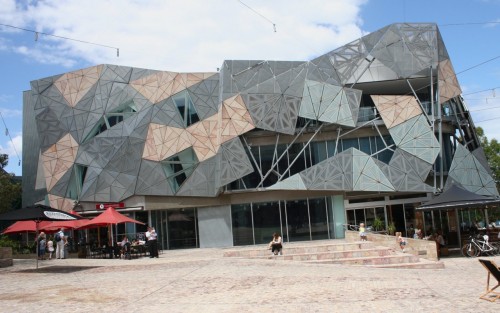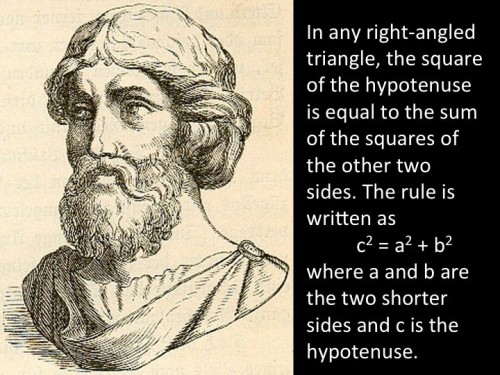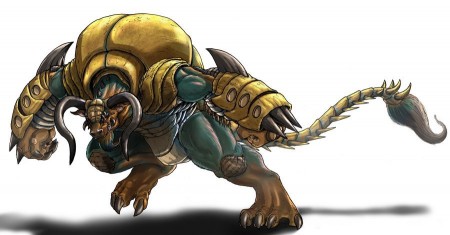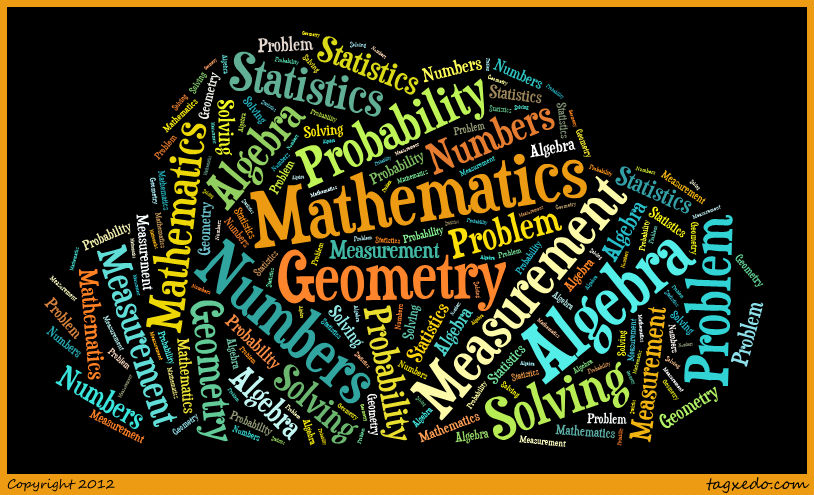This term we will be studying Measurement and Geometry.
Year 7 Maths (JacPlus Chapter 9 – Measurement and Chapter 5 – Geometry)
By the end of this term I hope you will be able to:
- Use appropriate units of measurement
- Calculate the perimeter of 2D shapes
- Calculate the area of triangles, quadrilaterals and composite shapes.
- Identify types of polygons (different triangles and quadrilaterals)
- Estimate, measure and draw angles between 0 and 360 degrees.
- Identify the properties of parallel and perpendicular lines and the angles that form between them.
- Calculate the missing angles in polygons, knowing that the internal angles of a triangle add to 180 degrees.
- Recognise various transformations (translations, reflections, rotations and dilations)
Year 8 Maths (JacPlus Chapter 7 – Congruence and Chapter 10 – Measurement)
By the end of this term I hope you will be able to:
- Use and convert units of measurement for perimeter, area and volume
- Calculate the area of various quadrilaterals.
- Calculate the area and perimeter of circles.
- Calculate the volume of various prisms using formulae.
- Identify congruent shapes
- Transform various shapes (translate, dilate, rotate and reflect).
- Solve geometric problems using congruence.
- Work out problems around different time zones using the 24 hour clock.







